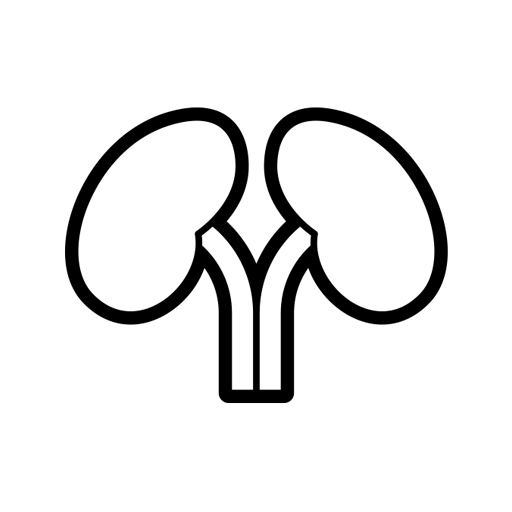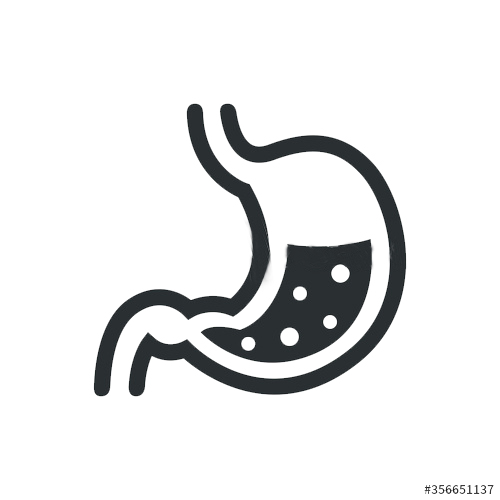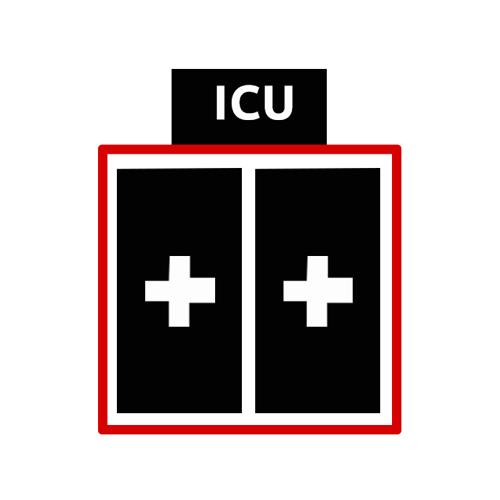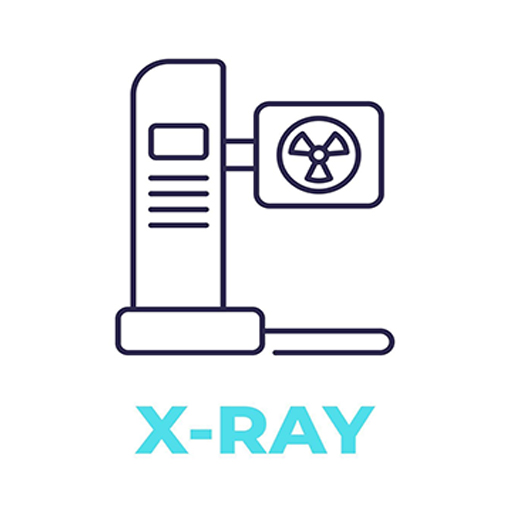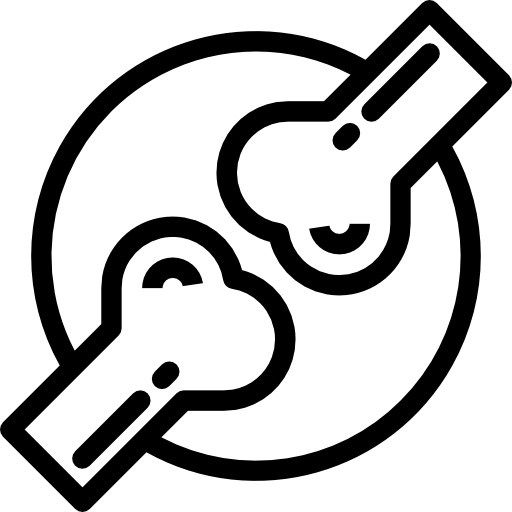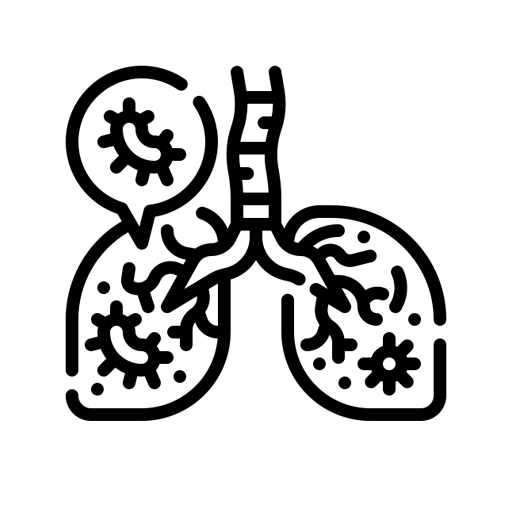Two-Drug Combinations as First-Step Antihypertensive Treatment
Abstract:
Blood pressure (BP) control in patients with hypertension is variable worldwide, and in general, it result largely unsatisfactory. Factors responsible for this phenomenon include insufficient national cardiovascular healthcare policies for prevention, poor patient compliance with prescribed treatment schedules, and the reluctance of physicians to modify treatment strategies when BP is still elevated, that is, the so-called therapeutic inertia. A further important factor favoring poor BP control is the limited use of combination drug treatment, despite evidence of its superior ability to control BP in patients with difficult-to-treat hypertension.
In addition, combination treatment allows to achieve BP control more easily (and more quickly) as compared with monotherapy.
This article, after briefly examining the main features of BP control, will review the importance in the treatment of hypertension of the drug combination strategy, based on the recommendations of the 2018 European Society of Cardiology/European Society of Hypertension guidelines. Empahsis will be given to the drug combination treatment as first step of the antihypertensive therapeutic intervention. The potential drawbacks and barriers to combination drug treatment as initial therapeutic strategy will also be briefly discussed. (Circ Res. 2019;124:1113-1123. DOI: 10.1161/CIRCRESAHA.118.313294.)


